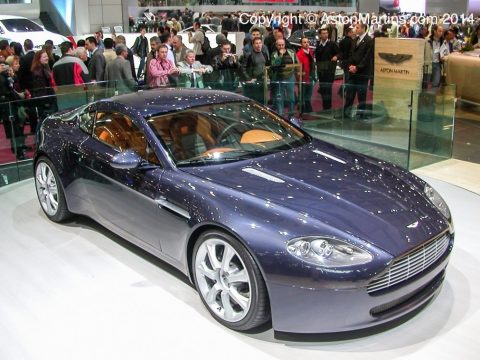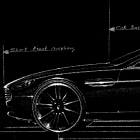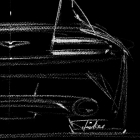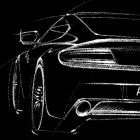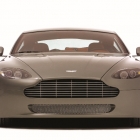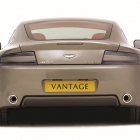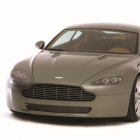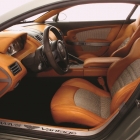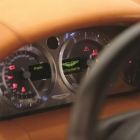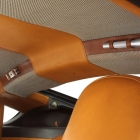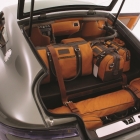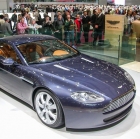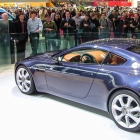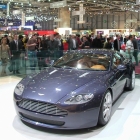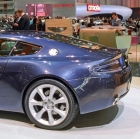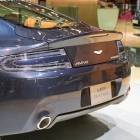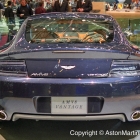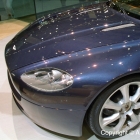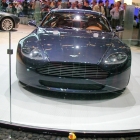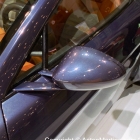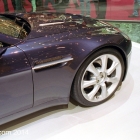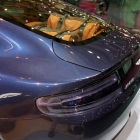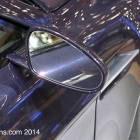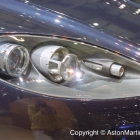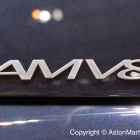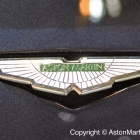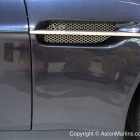The AMV8 Vantage was the first view of what would become a completely new line of Aston Martins based around a bonded-alloy platform, known as VH (vertical/horizontal) architecture. This mixture of pressed alloy parts, castings and extrusions bonded together into a stiff but lightweight structure was intended to underpin Astons for sometime to come including the DB9, Rapide, and future race cars. The VH platform was also especially designed to allow for a convertible to be introduced very soon after the coupe without significant loss of rigidity.
The proposed engine for the concept was a new, Jaguar derived 4.3 litre V8 unit, described as being ‘front-mid’ mounted so as to give perfect 50:50 weight distribution. With an anticipated power output of around 370 bhp, the AMV8 Vantage should have been well capable of exceeding 170 mph and a 0-60 acceleration time of around 5.0 seconds. This concept had the V12 Vanquish style paddle shift but of course, the production V8 Vantage came with a six speed manual gearbox. The Prodrive developed Sportshift with paddles was introduced a year or so after the introduction of the production car.
The luxury interior of the AMV8 Vantage was fresh and modern with extensive use of leather and aluminium facias instead of the wood which was a feature of the old ‘V-range’ and DB7. The instruments and switchgear were bespoke and had been influenced by exclusive watches and upmarket hi-fi equipment.
The car was first shown in January 2003 at the Detroit Motor Show. At this time, it was finished in an attractive metallic grey finish which contrasted well with the terracotta hide interior. For some reason that I am still unaware of, by the European debut at Geneva less than 8 weeks later, the concept had been resprayed a dark metallic blue colour.
The production V8 Vantage, which initially many believed could be known as the DB8, did indeed follow the concept very closely. Anticipated starting price had initially been estimated by the excited auto press at around £60,000 to compete with the Porsche 911. As we now know, this was wildly optimistic and the production V8 Vantage started with a launch price a little over £82,000. Whatever the price, many potential customers were placing orders with AM dealers during 2002 in response to accurate rumours, long before the concept was even unveiled consequently creating a substantial waiting list.
Although the AMV8 has been designed in the UK and unveiled in the USA, you may be surprised to learn that the AMV8 Vantage concept car was constructed by DC Design of Mumbai, India. The AMV8 Vantage was actually based on an early DB7 Vantage Volante with a shortened wheelbase but it retained the V12 engine. The bonnet was never opened to the public in period but if it were, the engine was disguised to look like a V8. Most of these images were taken at the 2003 Geneva Salon, in March during the European debut of the car.
The AMV8 Vantage is still owned by Aston Martin Lagonda but is under the care of the Aston Martin Heritage Trust. It is sometimes on display in the museum near Wallingford in Oxfordshire.



